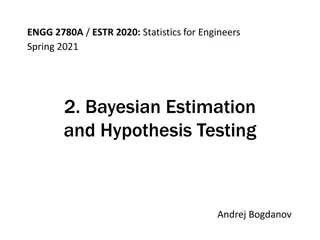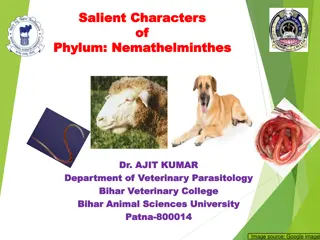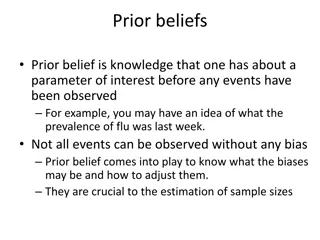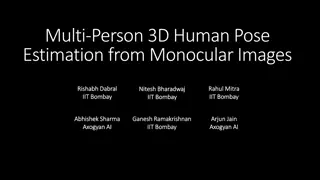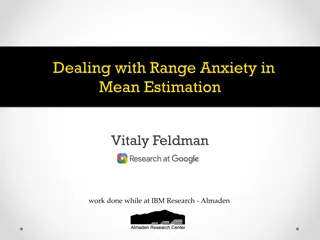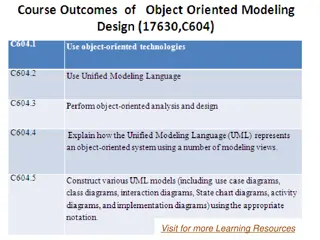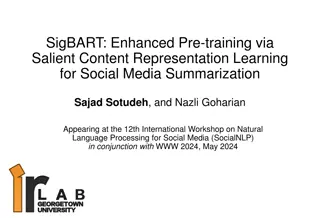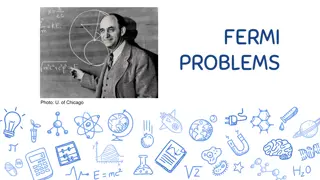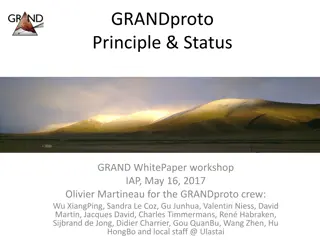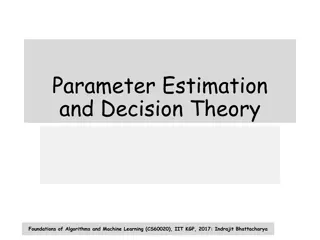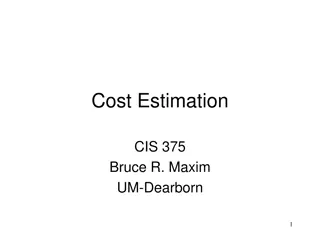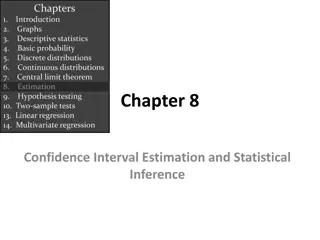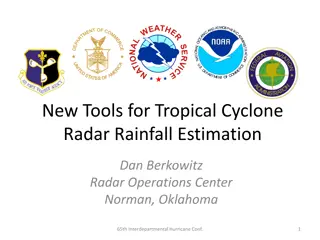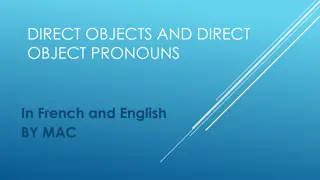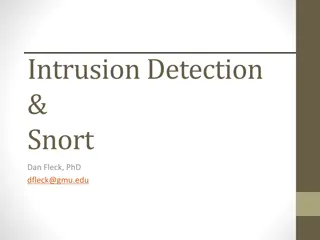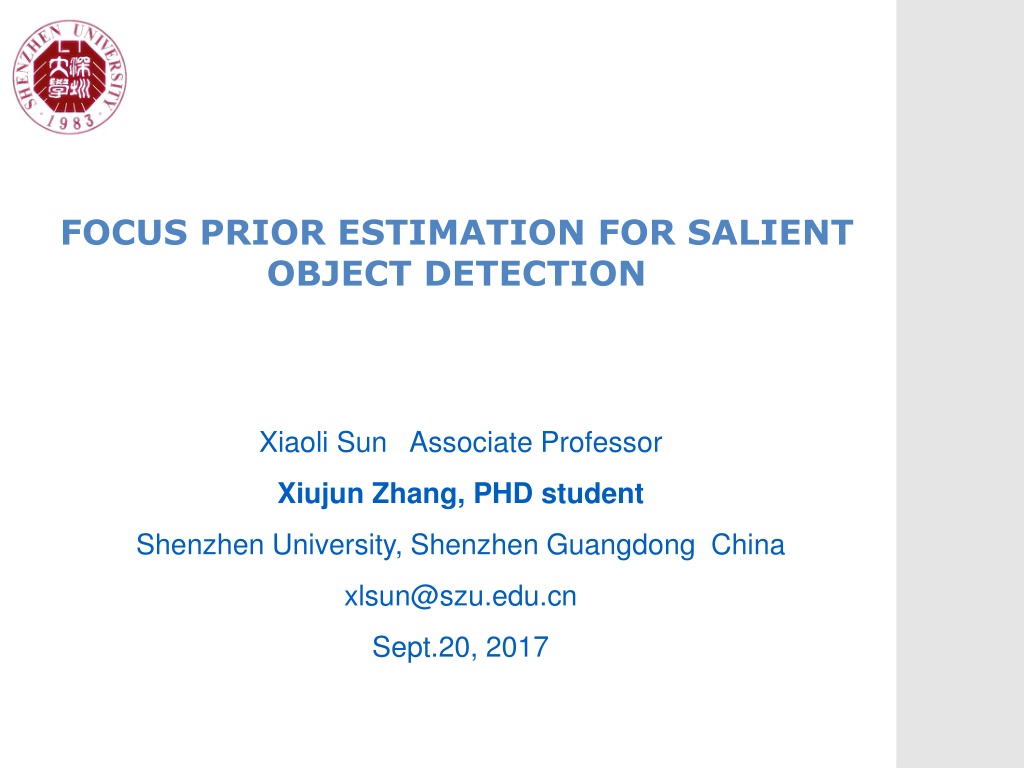
Focus Prior Estimation for Salient Object Detection
Explore the importance of focus prior in salient object detection and present a lightweight model for estimation. Motivated by the challenge of integrating focus prior independently, the model aims to improve detection accuracy efficiently. Discover related works and our dataset construction process for evaluation.
Download Presentation

Please find below an Image/Link to download the presentation.
The content on the website is provided AS IS for your information and personal use only. It may not be sold, licensed, or shared on other websites without obtaining consent from the author. Download presentation by click this link. If you encounter any issues during the download, it is possible that the publisher has removed the file from their server.
E N D
Presentation Transcript
FOCUS PRIOR ESTIMATION FOR SALIENT OBJECT DETECTION Xiaoli Sun Associate Professor Xiujun Zhang, PHD student Shenzhen University, Shenzhen Guangdong China xlsun@szu.edu.cn Sept.20, 2017
Content 1 1. Motivation 2 2. Related Work 3 3. Our Model 4 4. Evaluation
Motivation Depth of field is often used in photography. Focus is a naturally strong indicator for the salient object detection task.
Motivation An inspired example: An challenging example for seven state-of-the-art methods. All results of these seven methods are not satisfied, since the focus prior is not well considered. Focus is a strong indicator for the salient object detection, but is easily igored and not well studied.
Motivation Our motivation: 1. Study how to estimation the focus prior for the salient object detection. 2. The focus prior should be indepent from the speicial model and easily be intergrated by the other models. 3. The model should be lightweight and run fastly.
Related Work Defocus Map Estimation: Elder and Zucker, TPAMI, 1998 S.J. Zhuo et al., PR, 2011 Y. Zhang et al., CVPR, 2013 Brown and Tai, ICIP, 2009 Ali Karaali et al., ICIP, 2014 ...... All are gradient based methods.
Related Work Focusness Estimation: P. Jiang et al., CVPR, 2013 The first to propose the focus prior for salient object detection. Closely integrated with their model and hard to be used for the other methods.
Our Model Dataset Construction for Evaluating: New dataset consists of 231 images. All images have the salient objects in focus and the background in blur.
Our Model Sparse Dictionary Learning for Defocus: min x x i (1) 0 i 2 . . st y Dx i i 2 d n = { , y , } Y y R Given an input matrix , each vector can be represented by a set of dictionary atoms as above. 1 n iy
Our Model 1. Aslight blurred procedure by Gaussian kernel with Sigma = 2 is imposed on images of the proposed dataset. 2. Extract overlapped image patches from them. Size of each patch is 8*8, forming an input vector of d=64. 3. Our sparse dictionary D with 64 atoms is trained according to Eq.1. 4. Based on our sparse dictionary D, each image patch can be reconstructed by a few atoms together with their non-zero coefficients. iy Our learned Sparse Dictionary
Our Model Focus prior estimation map: = (P) f x (2) i i 0 iP Here, denotes the i-th patch. The focus strength for the i-th patch, denoted as , is defined as the number of non-zero elements in . ( ) f P i ix
Our Model Enhancement by Objectness Analysis: It is observed that when glancing at a scene, objects are much easier to abstract the attention of human than the flat regions. Use the objectness proposal method in [21] to enhance the focus prior map. = (q) o(q) Focus(q) f
Evaluation Dataset ASD The proposed dataset Evaluation Category Comparisons with the Other Focus Map for Salient Object Detection Improvement to State-of-the-art Methods for Salient Object Detection
Evaluation Comparisons with the Other Focus Map for Salient Object Detection:
Evaluation Improvement to State-of-the-art Methods for Salient Object Detection:
Conclusions 1. We have proposed a novel method of estimating the focus prior map for any given images. 2.The sparse representation has been used to learn the defocus dictionary and the non-zero number of the coefficients is used to describe the focus strength of each patch. 3.Object level analysis is introduced to boost the performance, since the focus prior is meaningful to the objects in focus.

